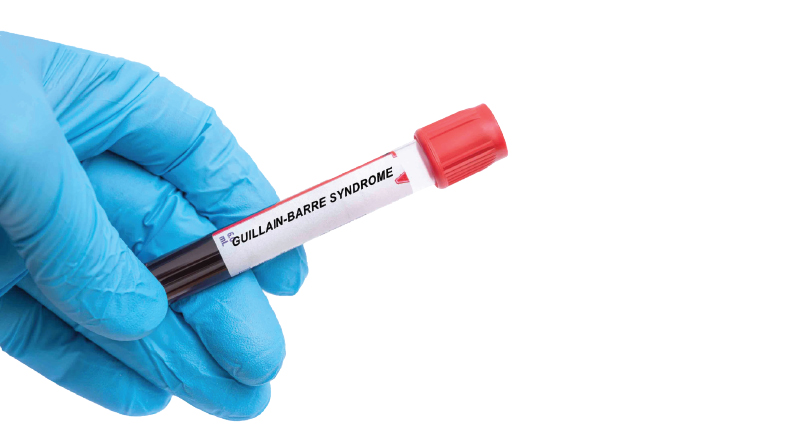How not to lose your marble
-
- from Shaastra :: vol 04 issue 10 :: Nov 2025

Mapping the damage heat inflicts on stone.
The Taj Mahal, one of India's top tourist attractions, routinely undergoes a mud pack session with the traditional beauty aid, Fuller's earth, to revive its complexion and remove blemishes. Academic Swathy Manohar noticed, while working on a project at the Taj Mahal with a team of researchers some years ago, that after the mud-pack treatment, the marble on the monument's exterior looked remarkably brighter. However, the pack was not as effective in clearing stains from the internal walls.
Mud packs, whether applied to the face or on a marble monument, work on the principle of capillary action. The more porous the substrate, the more effectively does the pack pull out stains. At salons, this is achieved by steaming the skin to open the pores. As the marble on the outside is more exposed to thermal stress, it becomes more porous.
Manohar, Assistant Professor in the Department of Civil Engineering at the Indian Institute of Technology (IIT) Bombay, began studying thermal degradation on marble in heritage structures. She acquired blocks of marble from Makrana in Rajasthan, the traditional source for the white stone used in monuments such as the Taj Mahal, the Dilwara Temples of Mount Abu and Jaswant Thada in Jodhpur. She and her student, Anupama Ghimire, subjected these blocks to extreme temperatures (100-400°C) for an hour, and then cooled them by immersion in water for the next hour. Although marble is not naturally subjected to such high temperatures, this lab process helped recreate the weathering that would have occurred over several hundred years.
She noticed that thermal stress oxidised iron-bearing impurities in the stone, resulting in bluish-black blemishes in aged marble. Thermal stress also caused grain coarsening and surface roughening. It increased the stone's open porosity, or pore volume, from under 0.3% in the fresh state to around 2% after repeated cycles.
The researchers correlated the open porosity with a commonly used, non-destructive diagnostic tool, the ultrasonic pulse velocity (UPV). Through the device, ultrasonic pulses are passed from one end of a material and received at the other. The speed of the pulse decreases when it negotiates micro cracks and other flaws. Manohar noted that as the porosity increased with temperature, UPV readings declined, signifying micro cracking in the rock and loss of density.
PROTOCOL FOR TESTING
They have developed a standard protocol to simulate thermal weathering in the laboratory (bit.ly/makrana-weathering) and hope to get the procedure standardised by the Bureau of Indian Standards. With this protocol, researchers can run tests on a piece of marble in the lab to understand and explain what is happening in a heritage structure without damaging it, as testing may harm a monument. It can help conservation specialists determine the measures to be taken and also aid in predicting the service life of not only old structures but also new constructions. Similar protocols can be designed for other popular construction materials such as sandstone and granite.
"Thermal weathering isn't the only stress on a structure," Manohar says. Weathering is a complex process, and the stresses include pollution, acid rain, humidity, salt crystallisation and biological colonisation, which play a part in weathering a monument. The actual open porosity of the Makrana marble in heritage structures ranges from 0.5% to 3.3%, so thermal weathering can only explain part of the damage. Manohar points out that a proper assessment will also need to factor in site-specific stresses.
"Heritage conservation is an emerging area of interest among chemists, materials scientists, civil engineers and conservation architects," notes Manu Santhanam, Professor in the Department of Civil Engineering, IIT Madras. "More experts from other disciplines, too, need to get involved. There are many aspects of conservation, like studying old records to better understand the type of materials that were used," says Santhanam, who was Manohar's PhD guide for her thesis on the deterioration of heritage monuments due to salinity.
Have a
story idea?
Tell us.
Do you have a recent research paper or an idea for a science/technology-themed article that you'd like to tell us about?
GET IN TOUCH














